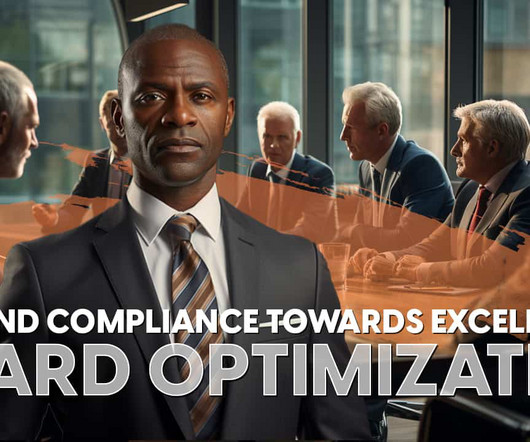Navigating the Path: What Does a Chief People Officer Really Do?
N2Growth Blog
DECEMBER 5, 2023
As the title suggests, the CPO is primarily responsible for overseeing the people aspects of the organization and aligning them with the overall strategic objectives. This executive role focuses on developing and implementing human resources strategies to manage the workforce and create a positive organizational culture.



































Let's personalize your content